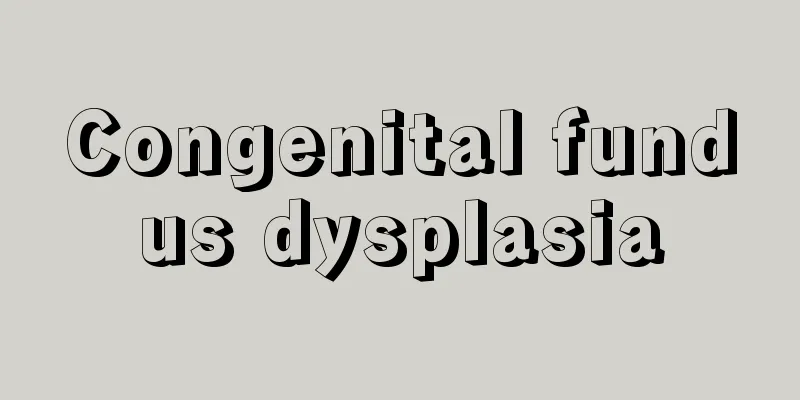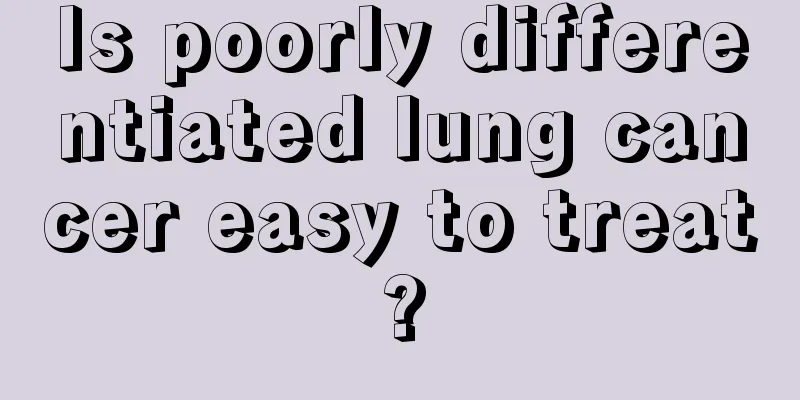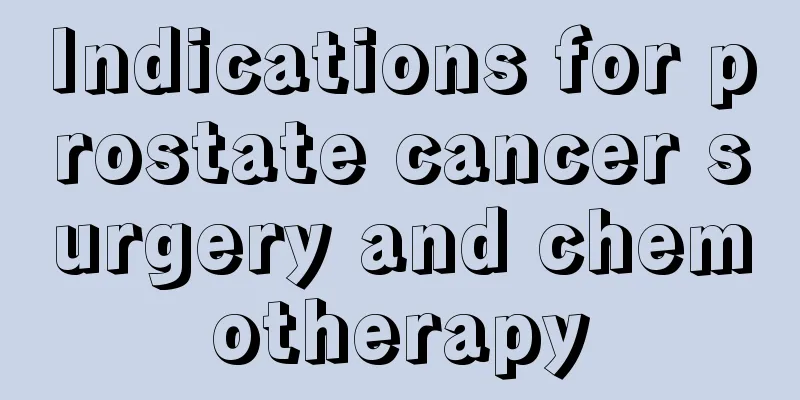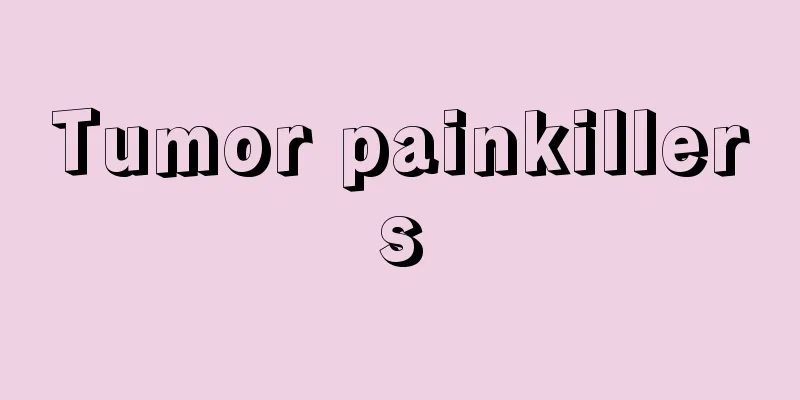What are the main manifestations of emotional indifference?

|
Many people call aloof people "emotional indifference". Many people do not understand what "emotional indifference" means. Emotion refers to the experience of attitude towards objective things. Some people have a feeling of sweet, sour, bitter and spicy towards objective things. This is an experience conveyed by things. Emotional indifference is a sign of late-stage schizophrenia, and may also be the main manifestation of the simple type, as well as a manifestation of poor thinking. What are the main manifestations of emotional indifference? Let’s take a look at it next. 1. Emotional indifference Emotion refers to an individual's attitude experience towards objective things. Apathy is characterized by a decrease or loss of emotional activity. Apathy is the lack of appropriate emotional response to external stimuli, even to things that have a close personal interest in oneself. The patient is indifferent and apathetic to current events around him, has a dull facial expression, and has poor inner experience. It is more common in simple or chronic schizophrenia. As schizophrenia develops, emotional activities gradually decline, inner emotional experiences become poor, and the patient may become indifferent to events that are closely related to the individual, be cold toward relatives, and withdraw from society. This is called emotional indifference, and the most serious case is called emotional decline. 2. Reasons The symptom of emotional indifference is the main symptom of late-stage or simple schizophrenia, and exists simultaneously with poverty of thinking. Seen in the regressive stage of schizophrenia and organic brain disorders. 3. Inspection Patients lose their emotional response to changes in their surroundings. In serious cases, they become indifferent to their physical health, live a lazy life, do not dress themselves up, and even do not cut their hair or wash their faces. They also don't respond much to hunger or pain. As for national affairs, exciting news, family difficulties, family misfortunes, etc., he is indifferent to them. 4. Differential Diagnosis (1) Emotional excitement: At this time, the patient's emotional activity is abnormally enhanced, and he appears relaxed, happy, and complacent. His expression is rich and vivid, and he seems to have no sorrow or worries. He is conceited and confident, and even exaggerated. Their optimism is contagious and easily resonates with people around them. More common in manic states. (2) Euphoria: Although the patient is often cheerful and seems to be very satisfied and happy, due to intellectual disability, even if the patient is very happy, his facial expression gives people a feeling of stupidity. At the same time, the patient himself cannot clearly explain the reason for his happiness, and the content of his expression is rather monotonous and stereotyped, so it is difficult to resonate with normal people and it has no appeal. It is more common in organic brain mental illnesses, such as cerebral arteriosclerotic mental illness, senile dementia and paralytic dementia. (3) Depression: The patient is in a low mood all day, worried, gloomy, and sighing. In severe cases, the patient may feel depressed, frustrated, and feel that the days are long and life is worse than death. The patient may feel self-blame and guilt, and may even have suicidal thoughts or behaviors. It is more common in bipolar depressive state, reactive depressive state and menopausal depression state. (4) Anxiety: refers to the patient's state of mind in which he or she worries about threats to his or her own safety or other adverse consequences without obvious objective factors or sufficient basis. The patient may show symptoms of scratching his head and stamping his feet, fidgeting, sighing, blaming others and everything else, feeling that a disaster is about to happen, feeling anxious and restless all day long, and even repeated persuasion cannot eliminate his anxiety. It is common in anxiety disorders, hypochondriasis, menopausal depression, neurasthenia, etc. (5) Emotional perversion: refers to the lack of coordination between cognitive processes and emotional activities. At this time, the patient's emotional response is inconsistent with the content of his thoughts. The patient is happy when encountering sad things, and feels painful when encountering happy things. For example, a patient burst into laughter when he received a telegram announcing his father's sudden and unexpected death. When talking to him about the cruel persecution he suffered, he acted as if nothing had happened and even narrated his unfortunate experiences with a smile on his face. (6) Emotional outburst: This is an explosive emotional disorder that occurs suddenly under the influence of psychological factors. The patient may behave moodily, yell, hurt people and destroy things, beat his chest and stamp his feet, and cry loudly, or be jubilant, dance and laugh wildly, often with coquettishness, affectation, childishness and performance. Sometimes he rolls on the ground and behaves extremely violently. The whole phenomenon varies greatly, but there is no obstruction to the perception of surrounding things and the consciousness is clear. Common in hysteria. (7) Irritability: This means that whenever the patient encounters psychological stimulation or unpleasantness, even if it is mild, he or she is prone to have a strong emotional reaction, and is easily angry, agitated, furious, or even furious, arguing with others; or may have impulsive behavior. It is common in hysteria, neurasthenia, manic state or organic brain psychosis. Patients lose their emotional response to changes in their surroundings. In serious cases, they become indifferent to their physical health, live a lazy life, do not dress themselves up, and even do not cut their hair or wash their faces. They also don't respond much to hunger or pain. As for national affairs, exciting news, family difficulties, family misfortunes, etc., he is indifferent to them. 5. Mitigation methods 1. Maintain mental balance and keep a relaxed and happy mood. 2. Communicate with people more. 3. Pay attention to reasonable nutrition in daily life, try to diversify food, eat more high-protein, multi-vitamin, low-animal fat, easily digestible food and fresh fruits and vegetables, do not eat stale, spoiled or irritating food, eat less smoked, grilled, pickled, fried, and overly salty food, and match coarse and fine grains as staple food to ensure nutritional balance. |
<<: Does vitamin C have any effect when applied on the face?
>>: Tips for repairing glass scratches
Recommend
What issues should patients with bile duct cancer pay attention to
What issues should patients with bile duct cancer...
What are the self-correction training methods for strabismus
In fact, strabismus can be corrected through self...
The dangers of wearing condoms for a long time
Condoms are very familiar to everyone. They are u...
The efficacy and function of the fortune tree
The money tree is deeply loved by people because ...
This treatment method for allergic pharyngitis is so effective
When you are walking in a world of flowers and gr...
Early signs of liver cancer in women
In the early stages of liver cancer in women, the...
Sinusitis and runny nose need to be treated like this
Sinusitis is a very common disease in daily life,...
What are the symptoms of palpitations and shortness of breath?
Palpitations and shortness of breath are situatio...
What is luteinizing hormone
Luteinizing hormone is a protein hormone secreted...
Meditation introductory training
Usually in real life, people’s daily activities a...
Rosenthal Effect
Many people are not very familiar with this. This...
Can vitiligo be cured?
I believe many people are familiar with the name ...
Traditional Chinese medicine prescription for treating breast cancer
The incidence of breast cancer accounts for 7% to...
What are the clinical manifestations of breast cancer
Breast cancer is one of the most common malignant...
What medicine should I take after gastric cancer surgery? There are several kinds of medicines
Total gastrectomy is basically self-medication. F...









